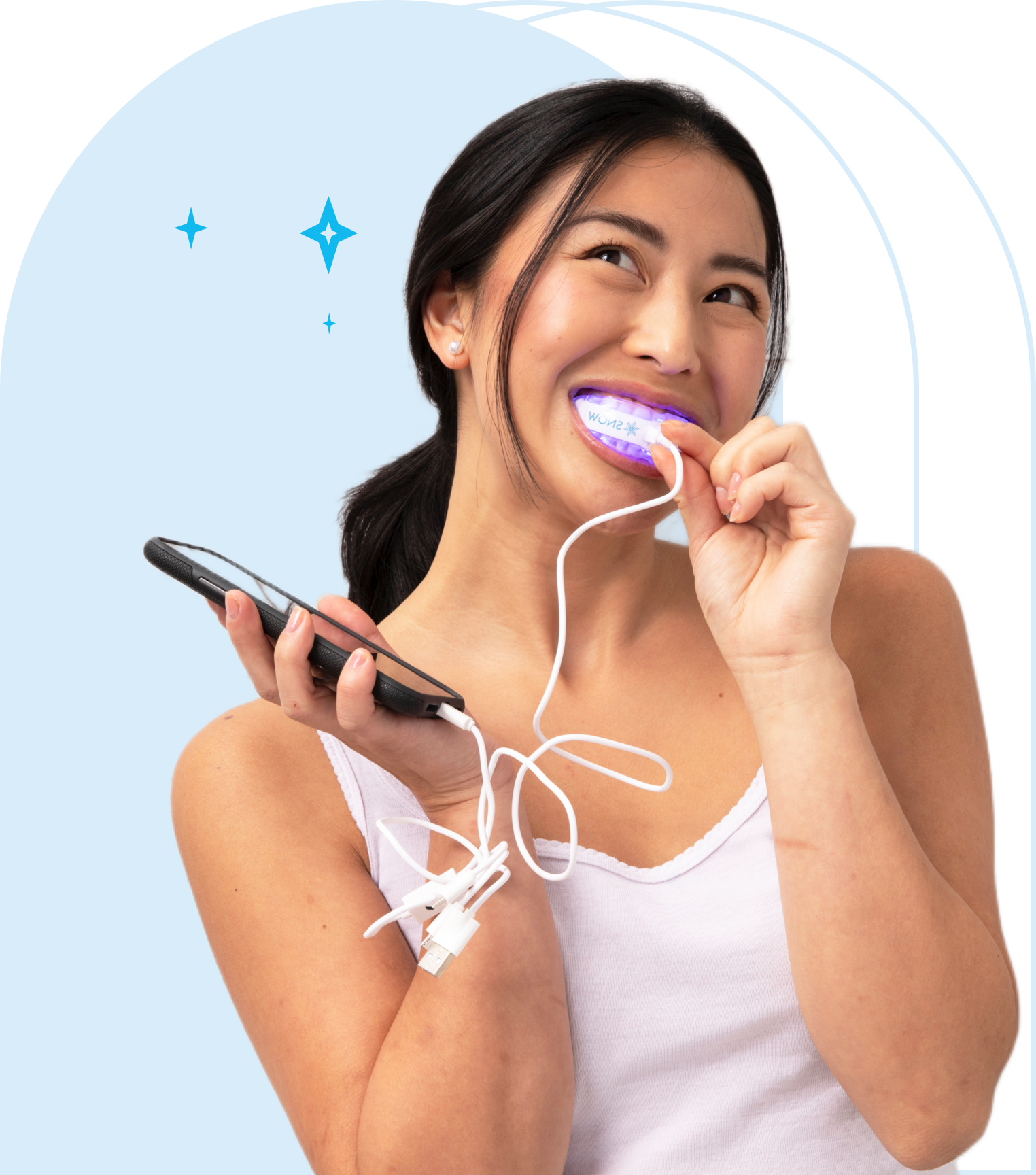Brightening your smile at home has never been easier, but many people still wonder: how often should you use teeth whitening strips to actually see results without harming your teeth?
It’s a common problem. Use whitening strips too often, and you risk tooth sensitivity or even enamel damage. Use them too little, and the teeth whitening process falls short, leaving you frustrated and still stained.
This guide clears up the confusion. Backed by expert advice and dental research, we’ll explain how to safely use teeth whitening strips, how to avoid common mistakes, and what to do if you experience sensitivity. You'll also learn how to maintain your results with whitening toothpaste or follow-up whitening treatments so your smile stays bright long after your initial cycle.
Key Takeaways
-
Most teeth whitening strips are safe to use once daily for 7 to 14 days, depending on the formula and your sensitivity level.
-
High-peroxide whitening treatments may require less frequent use to avoid discomfort or damage.
-
For maintenance, use strips once a week, and combine them with a good whitening toothpaste and proper oral hygiene.
-
Tooth sensitivity is a common side effect but can be managed with the right products and usage habits.
-
Always follow product instructions and consult your dentist before starting any teeth whitening routine.
What Are Teeth Whitening Strips?
Teeth whitening strips are one of the most popular at-home whitening treatments for brightening your smile. These thin, flexible strips are coated with a whitening gel, usually containing hydrogen or carbamide peroxide, that helps lift surface stains from the teeth.
Because they are easy to apply and relatively affordable, many people choose to use teeth whitening strips daily as part of their routine. You can apply them at home without visiting a dental office, making them a convenient option for those with busy schedules or mild discoloration.
How Do Whitening Strips Work to Whiten Teeth?
Most whitening strips use a peroxide-based gel as the active ingredient. When applied to the teeth, the gel penetrates the enamel and begins breaking down stains through a controlled oxidation process.
This chemical reaction helps remove both deep and surface stains, making it more effective at helping to whiten teeth than regular brushing alone. Some whitening treatments can lighten teeth by several shades over the course of one to two weeks.
Correctly using whitening strips is important, especially if you have sensitive teeth. Following instructions closely and avoiding overuse can help protect your enamel while giving you noticeable results.
How Often Should You Use Whitening Strips?

The ideal frequency for using whitening strips depends on the product’s formula, your current level of tooth discoloration, and your personal sensitivity. Most manufacturers suggest using them once per day for 10 to 14 days to achieve a brighter smile. Some products with stronger ingredients may recommend skipping days between treatments to avoid irritation.
If your teeth are heavily stained, you may benefit from a more consistent application schedule at first. If you have sensitive teeth, it is better to start slow and monitor how your teeth respond before increasing frequency.
It is important to follow the directions provided with your specific product, especially those containing hydrogen peroxide, which can cause sensitivity or enamel wear when overused.
Daily Use vs Weekly Use
Using whitening strips every day for up to two weeks tends to produce faster and more visible results. Many people begin to notice a brighter smile within the first three to five days of consistent use. Strips are usually worn for 30 minutes to an hour each day and can easily fit into your daily routine.
Weekly use is a better option for maintaining results after a full whitening cycle or for individuals with minor discoloration. It is also a good choice for people with sensitive teeth who want to limit their exposure to whitening agents.
Keep in mind that no matter how often you use whitening strips, they should always be part of a larger routine that includes good oral hygiene. Brushing with a wet toothbrush before application (without toothpaste) may help remove surface debris and improve contact with the gel.
Before you begin another round of whitening, it’s helpful to understand how a full treatment cycle works and how to maintain results over time.
What Is a Full Whitening Treatment Cycle?
A typical whitening cycle involves applying strips once daily for 14 consecutive days. This approach delivers the full effect of the whitening ingredients, especially when using products that contain hydrogen peroxide.
After completing a full cycle, it is recommended to wait at least six months before beginning another to avoid sensitivity and preserve your enamel. During this time, you can switch to using the strips once per week or every other week to maintain your results.
Most dental professionals recommend limiting full whitening treatments to twice per year. This keeps your smile bright without overexposing your teeth to peroxide and supports long-term oral health.
Factors That Affect How Often You Should Use Whitening Strips
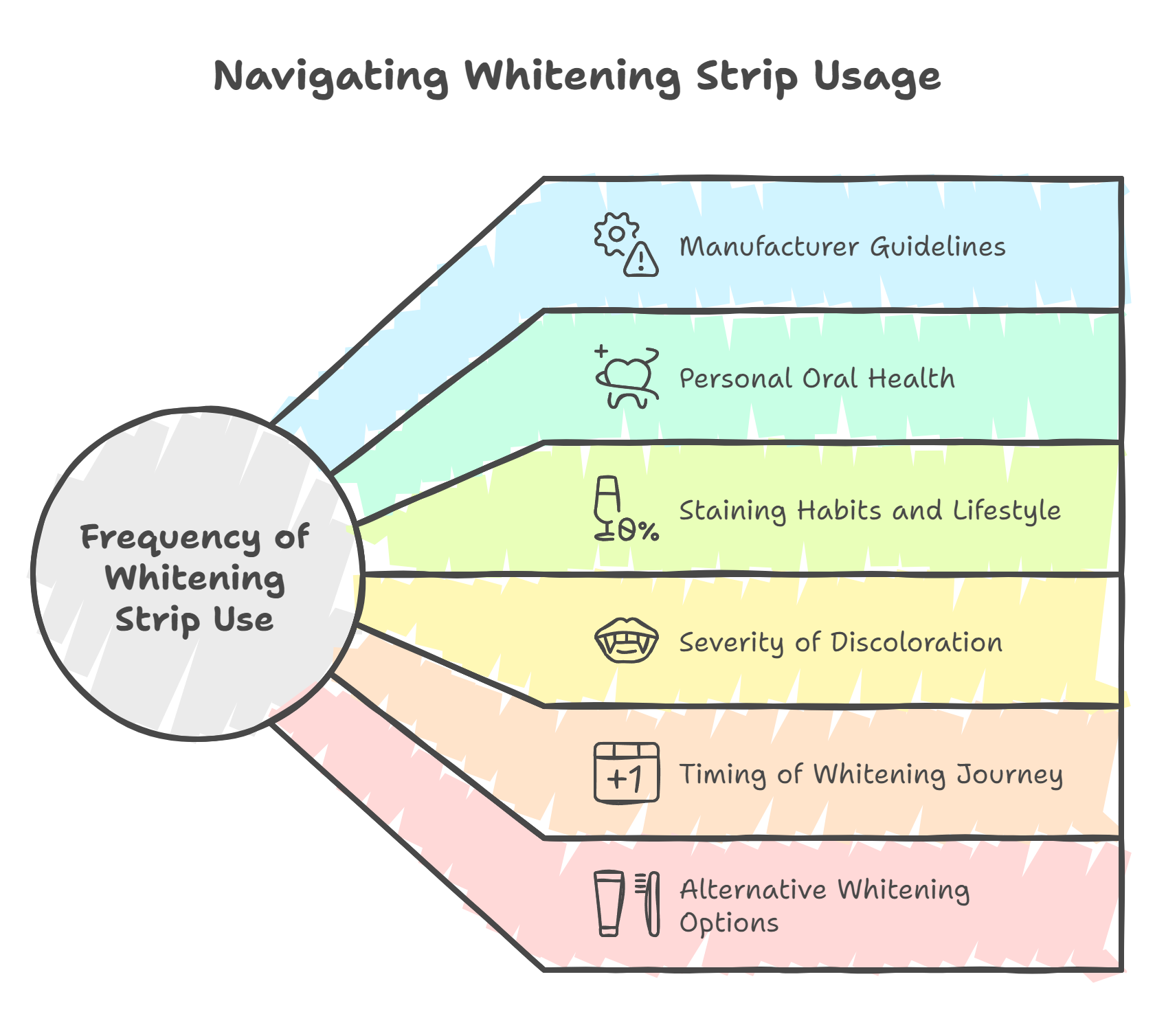
Several key factors influence the ideal frequency of using whitening strips. Consider the following before starting or adjusting your whitening routine:
-
Manufacturer guidelines: Every product is different. Always follow the instructions provided by the brand, especially if it contains hydrogen peroxide, which can cause irritation or tooth sensitivity if overused.
-
Your personal oral health: If you have issues like enamel erosion, cavities, or sensitive teeth, you may need to reduce usage frequency or use a gentler formula.
-
Staining habits and lifestyle: Frequent consumption of staining foods and drinks—such as coffee, tea, red wine, or dark sauces, can cause discoloration. If this applies to you, you might need more frequent maintenance treatments to preserve a brighter smile.
-
Severity of discoloration: Heavier staining may require more consistent use at first. Mild stains can often be managed with less frequent applications or shorter whitening treatments.
-
Timing of your whitening journey: Addressing stains early can reduce the need for intensive whitening cycles later. Starting with a preventive mindset can help maintain results long-term with less effort.
-
Alternative whitening options: If strips are not ideal for your teeth, consider switching to a whitening toothpaste, an LED kit, or professional treatments recommended by your dentist.
Guidelines for Safe Application of Whitening Strips
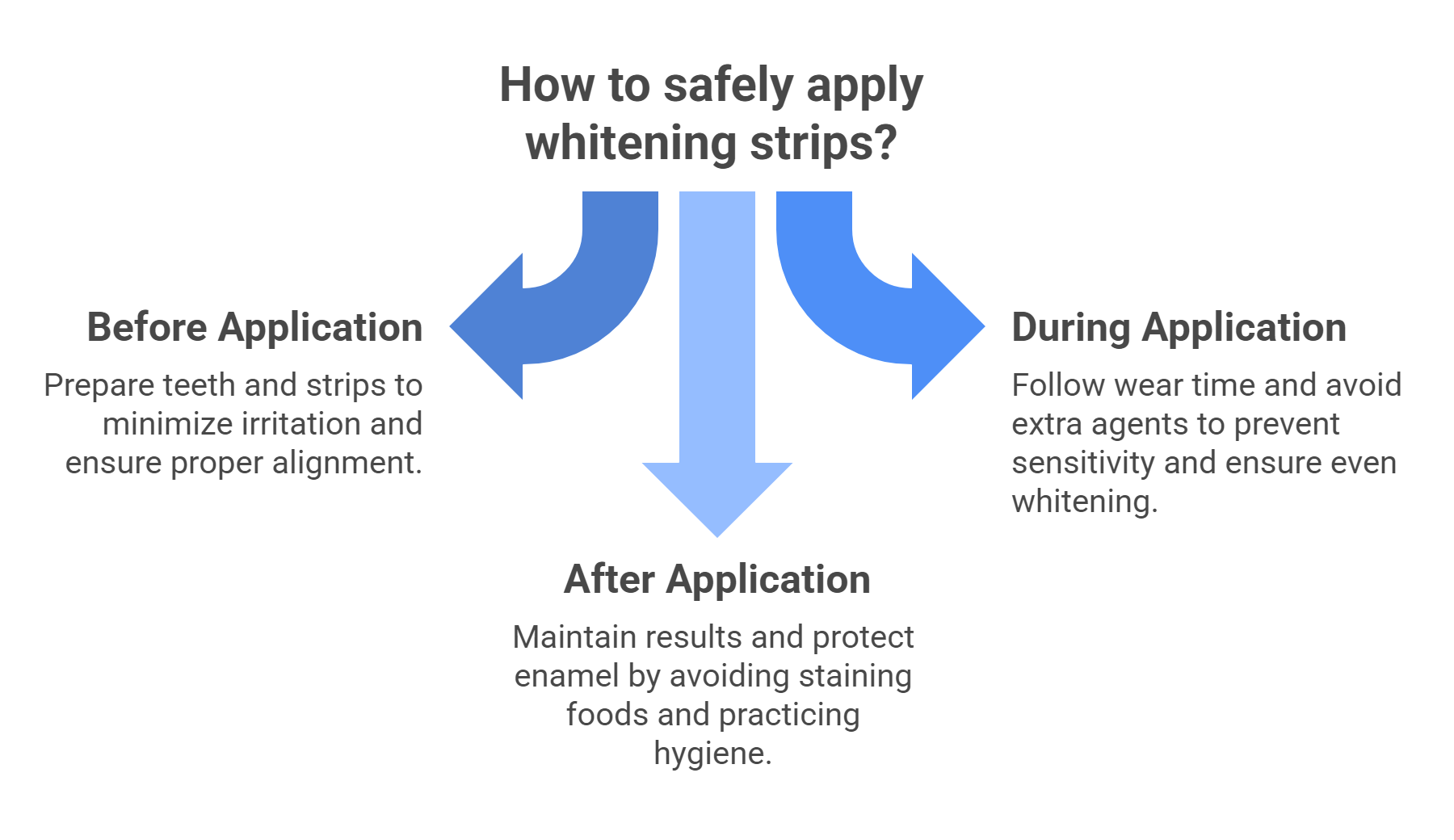
Applying whitening strips properly is key to achieving even results and avoiding tooth sensitivity or gum irritation. Follow these guidelines before, during, and after each treatment to keep your smile safe and effective.
Before Applying Whitening Strips
-
Gently brush your teeth with a wet toothbrush (no toothpaste) to remove plaque and debris.
-
Wait about 30 minutes after brushing to allow your mouth to settle and reduce the risk of irritation.
-
Make sure your hands are clean and dry before handling the strips.
-
Check that the strips are properly aligned and shaped for your teeth.
During Application
-
Press the strips snugly against your teeth, making sure they cover all surfaces evenly to avoid blotchy or uneven whitening.
-
Do not exceed the recommended wear time listed on the product instructions. Most strips are designed for 30 minutes to 1 hour of use.
-
Avoid adding extra hydrogen peroxide or other whitening agents to the strips, as this can interfere with adhesion or cause irritation.
-
If your mouth feels dry during treatment, it is safe to drink water to stay hydrated.
-
Do not double up on applications in a single day, even if you're seeking faster results.
After Removing the Strips
-
Avoid eating or drinking anything that can cause staining—like coffee, red wine, tea, or dark-colored sauces—for at least 1 hour.
-
Never sleep with the strips on, as this can lead to increased sensitivity or gum irritation.
-
If you notice uneven whitening, reduce the frequency of use or consult your dentist.
-
Continue practicing good oral hygiene to maintain your results and protect enamel.
Managing Tooth Sensitivity
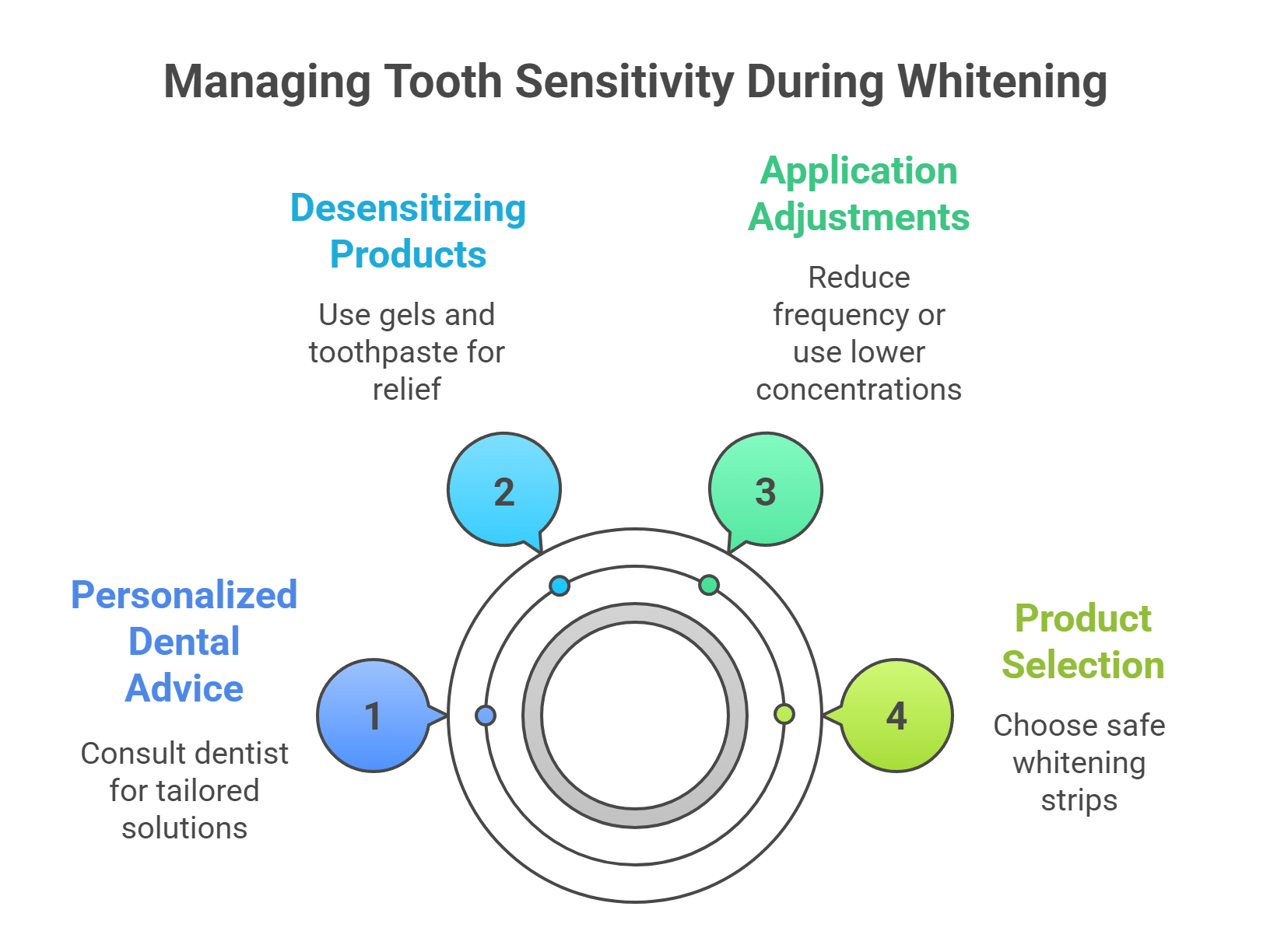
Tooth sensitivity is a common concern when using whitening strips, especially those with higher concentrations of peroxide. If you experience sensitivity, consider using lower-concentration strips or those specifically formulated for sensitive teeth. Another strategy is to start with fewer applications and gradually increase the frequency as your teeth adjust. Whitening strips containing chlorine dioxide can harm the enamel and exacerbate existing dental issues, so it is crucial to choose products carefully.
Taking breaks between whitening sessions can also help manage sensitivity. If sensitivity persists, consider the following options:
-
Switch to every-other-day use or reduce the number of treatment days per cycle to provide relief.
-
Apply a desensitizing gel.
-
Use toothpaste designed for sensitive teeth a week before and during the whitening process to further alleviate discomfort.
Avoiding extremely hot or cold foods and drinks during the whitening process can help reduce teeth sensitivity. If discomfort continues despite these measures, consult your dentist for personalized advice and potential alternatives to over-the-counter whitening products.
Maximizing Whitening Results
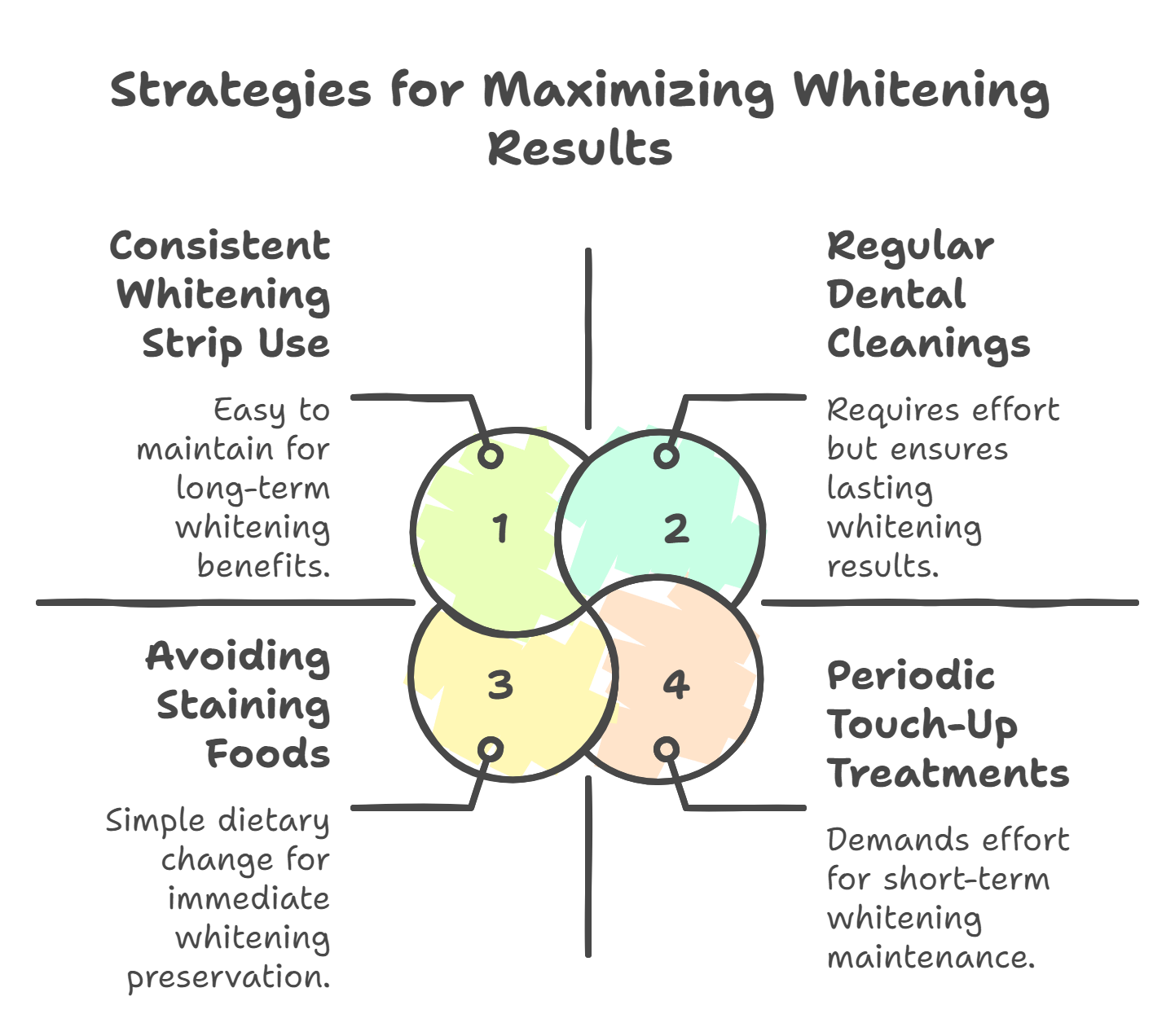
Consistency is key when using whitening strips. To achieve optimal results:
-
Follow the recommended usage frequency and duration.
-
Maintain good oral hygiene by brushing and flossing regularly to enhance the effectiveness of the whitening agents.
-
Consider a professional dental cleaning before starting the whitening process to remove any plaque or tartar that might hinder the bleaching effect.
Avoiding staining foods and drinks, like coffee, tea, and red wine, after treatment helps preserve the visible results. Once you achieve your desired whiteness, periodic touch-up treatments can help maintain the brightness. Many people forget to do these touch-ups, leading to gradual discoloration over time.
Practicing good oral hygiene and making dietary adjustments can work wonders in prolonging the benefits of whitening treatments, ensuring a lasting brighter smile and helping to whiten your teeth with whitening toothpaste. If you want to maintain the results for longer, it is recommended to use whitening toothpaste and an electric brush.
Professional Advice and Considerations
Consulting a dentist before starting any whitening treatment is crucial because:
-
It helps identify any pre-existing dental issues, such as cavities, gum disease, or thin enamel, that might complicate the whitening process.
-
A dental professional can provide personalized tips.
-
They can suggest a whitening plan tailored to your oral health needs.
Selecting a reputable brand and following the product instructions are essential for safe and effective whitening. Dentists can also recommend alternatives for individuals with sensitivity or other concerns, ensuring you achieve your whitening goals without compromising dental health.
Consulting your dentist and researching user reviews and certain ingredients lists before starting the teeth whitening process is always a prudent step when considering teeth whitening products.
When to Seek Professional Whitening Treatments
If home whitening treatments are not delivering the desired results, it might be time to consider a whitening product or professional whitening options. Professional treatments are advisable for stubborn stains or when quick results are needed. These treatments use stronger agents and can be tailored to your specific needs, offering a more effective solution for severe discoloration.
However, professional whitening can be more expensive and may lead to tooth sensitivity. It’s particularly beneficial to seek professional whitening before dental restorations like crowns or veneers to ensure the color matches perfectly.
If you’re unsure whether professional treatment is necessary, contact your dentist for guidance.
Common Mistakes to Avoid
Common mistakes and recommendations when using whitening strips include:
-
Overusing whitening strips, which can lead to enamel erosion and increased tooth sensitivity.
-
Not following the recommended usage frequency and duration to avoid these issues.
-
Not avoiding staining foods and drinks after treatment.
To maintain the best results, avoid items like coffee, tea, and red wine for at least 24 hours post-treatment.
If you notice tooth sensitivity or gum irritation, pause the treatments and allow a rest period of 2–4 weeks before resuming. This approach helps prevent long-term damage and ensures your gums and teeth remain healthy while achieving a brighter smile.
Final Thoughts
Getting the most out of whitening strips means more than just sticking them on and hoping for the best. It’s about understanding how often to use them, managing sensitivity, and supporting the results with good oral care habits.
When you follow a full whitening cycle and adjust your routine based on your needs, you can safely achieve noticeable results. Stick to what works, avoid overuse, and listen to your teeth along the way.
If you’re looking for an enamel-safe, dentist-formulated solution that fits your lifestyle, try SNOW. Our whitening products are designed for real results with minimal sensitivity. Simple to use, clinically backed, and trusted by millions.
Shop SNOW now and get a brighter smile—on your terms.
Frequently Asked Questions
How often should I use teeth whitening strips for optimal results?
For optimal results, use teeth whitening strips once daily for a course of 7 to 14 days. Consistency is key to achieving a brighter smile.
Can using whitening strips too often damage my teeth?
Using whitening strips too often can indeed damage your teeth by causing enamel erosion and heightened sensitivity. It's essential to follow usage guidelines to protect your dental health.
What should I do if I experience tooth sensitivity while using whitening strips?
If you experience tooth sensitivity while using whitening strips, switch to toothpaste for sensitive teeth and reduce the frequency of application. This approach can help manage discomfort effectively.
Are professional whitening treatments more effective than at-home strips?
Professional whitening treatments are generally more effective than at-home strips due to their stronger agents and customized approach, particularly for addressing severe discoloration.
How can I maintain my whiter smile after completing a whitening treatment?
To maintain your whiter smile after a whitening treatment, prioritize good oral hygiene, limit your intake of staining substances, and schedule regular dental check-ups. This consistent care will help prolong the effects of your whitening treatment.















































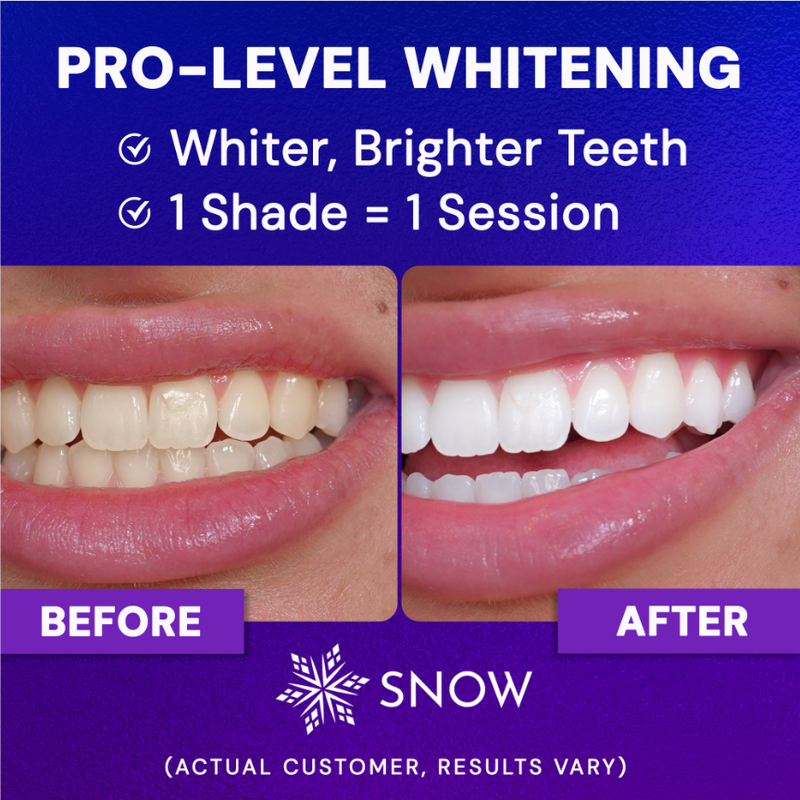
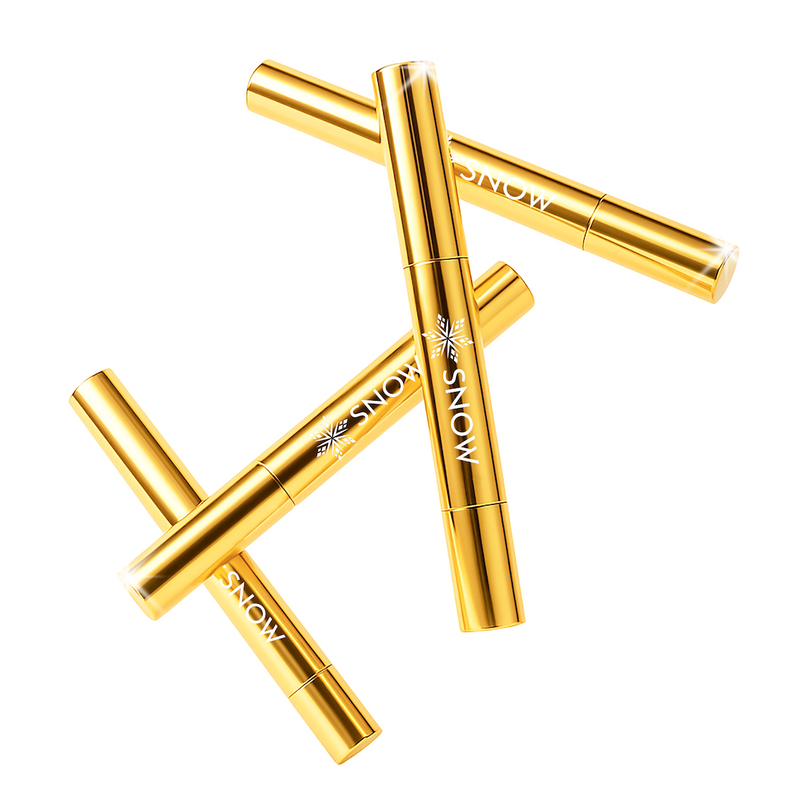
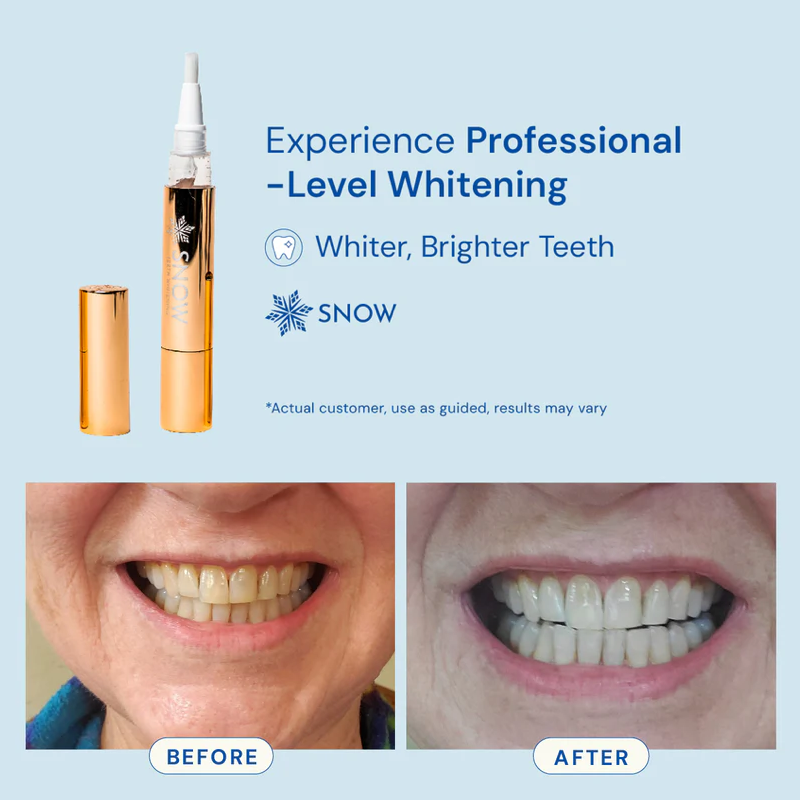


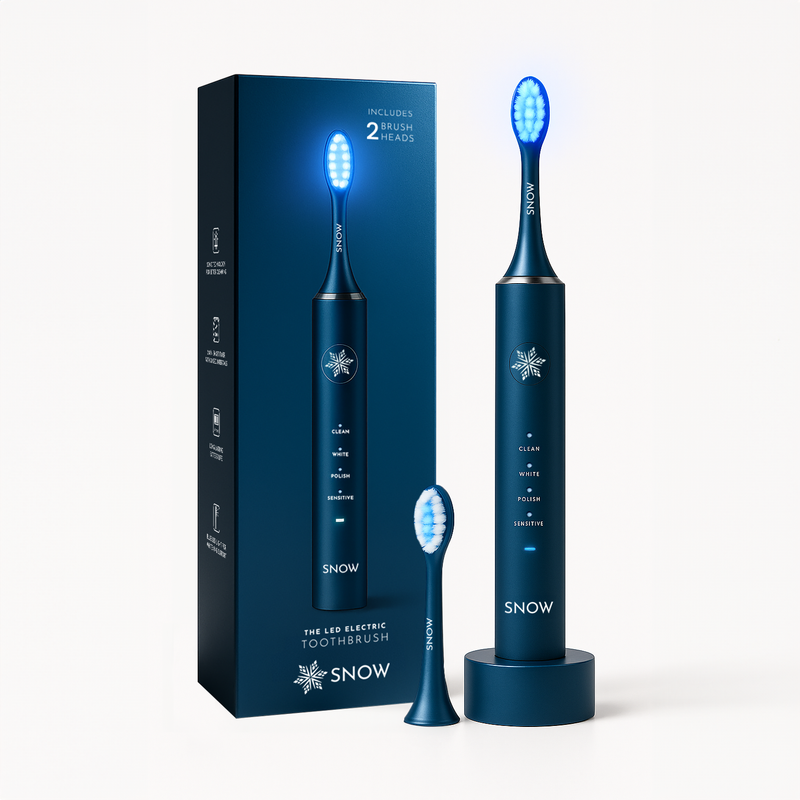


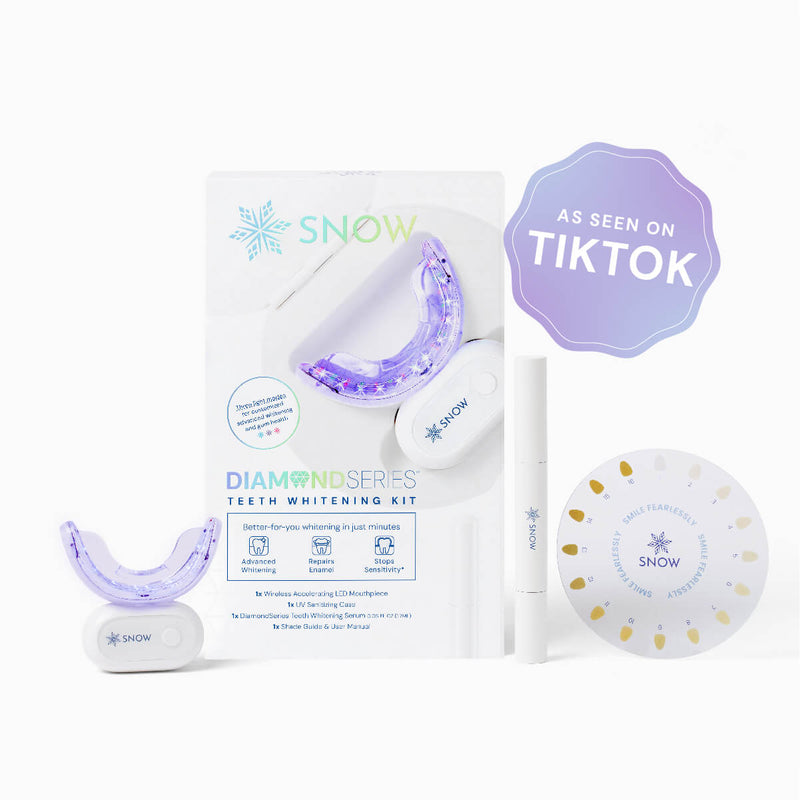
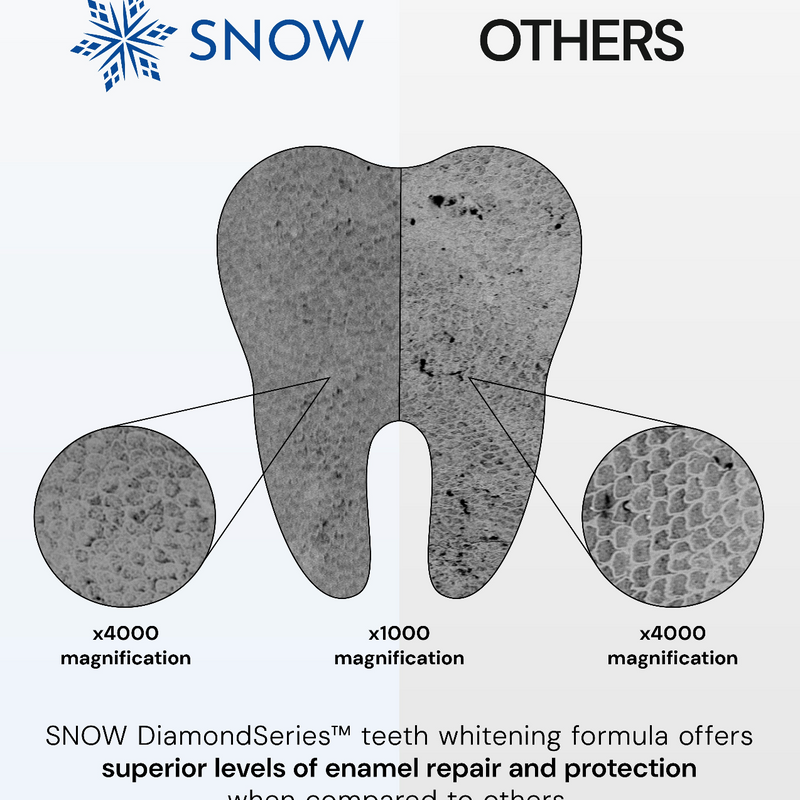


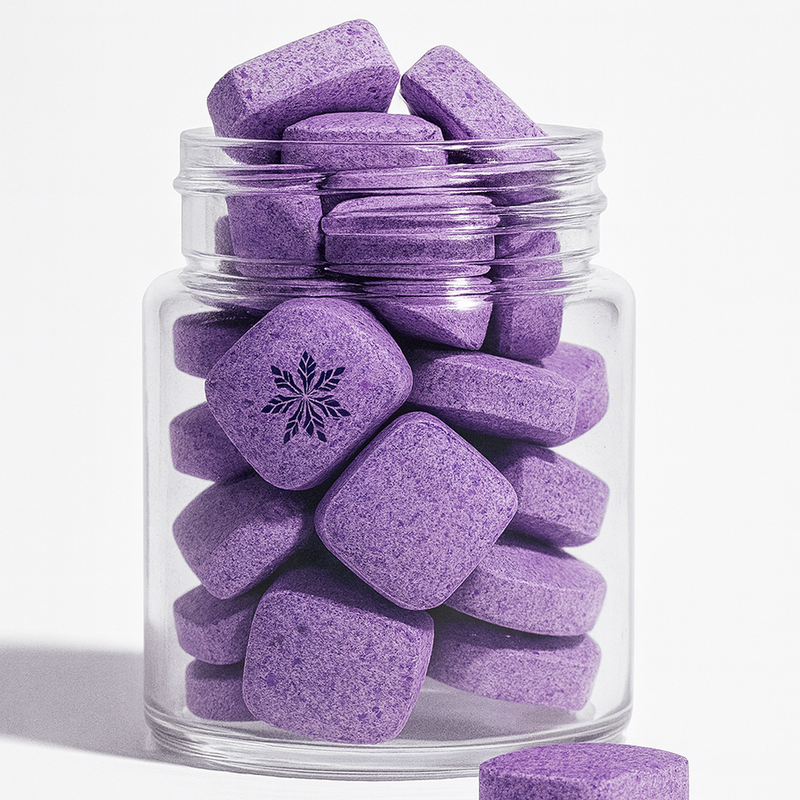
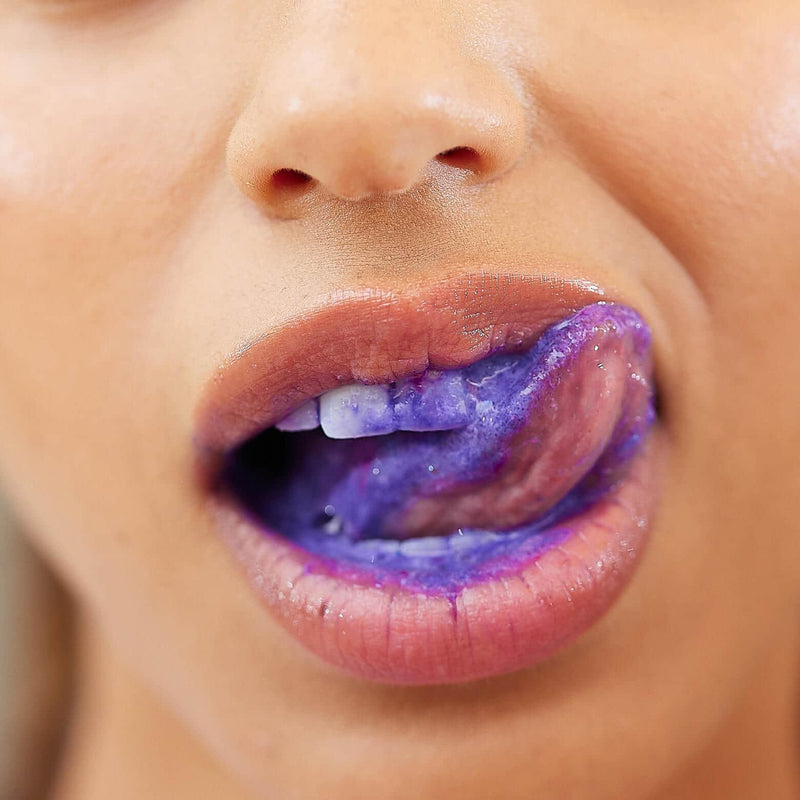
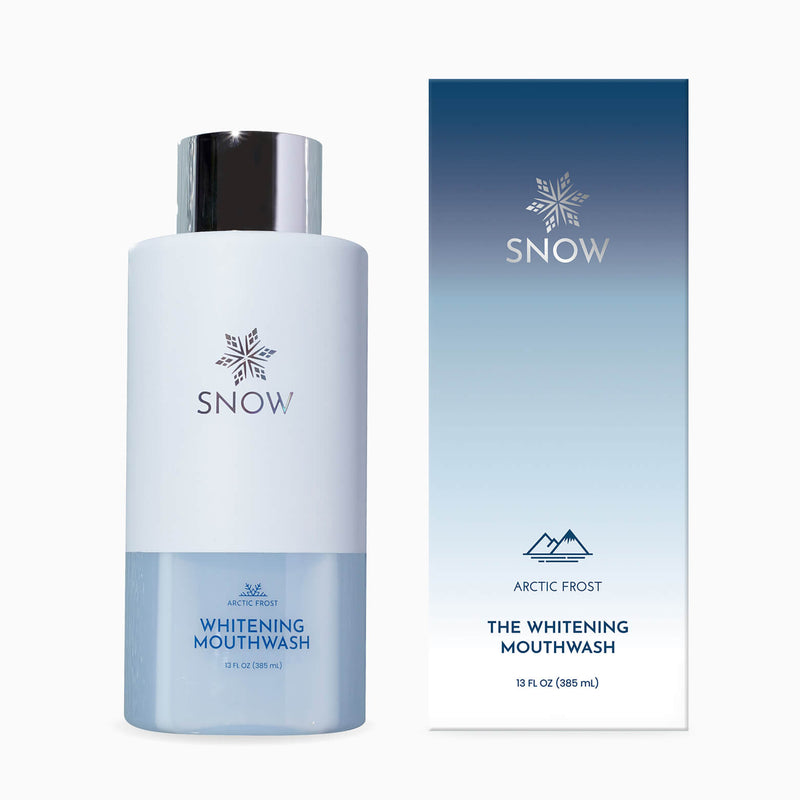






![Clove Oil for Toothache Relief [Does it Really Work]](http://www.trysnow.com/cdn/shop/articles/clove_oil_for_toothache_does_it_really_work.png?v=1755777694)
